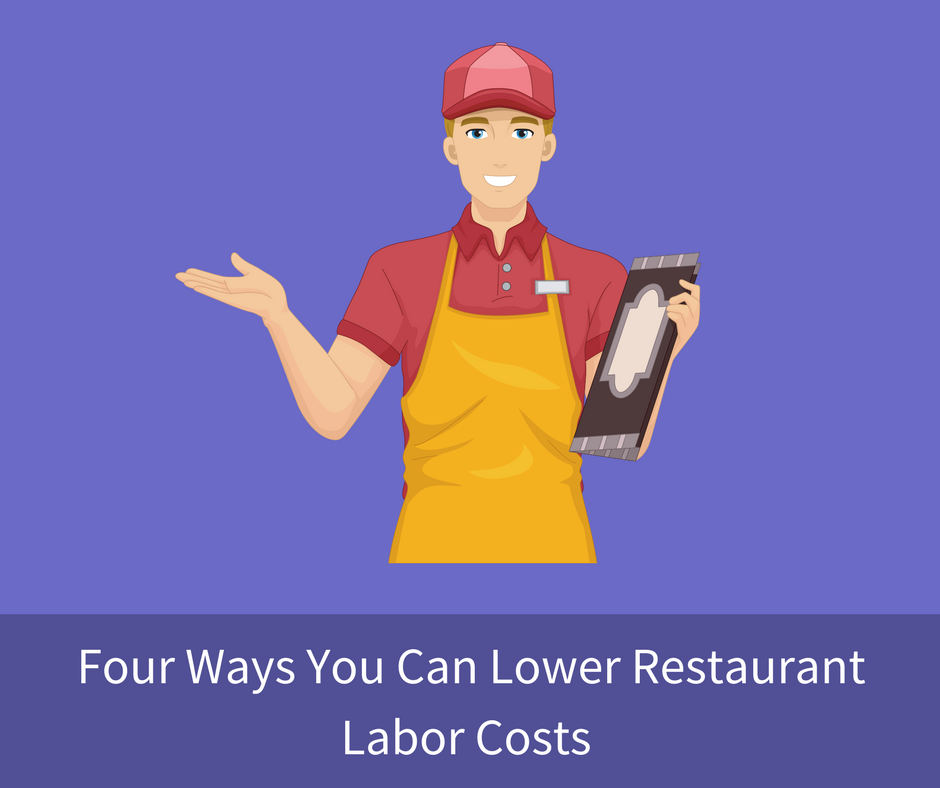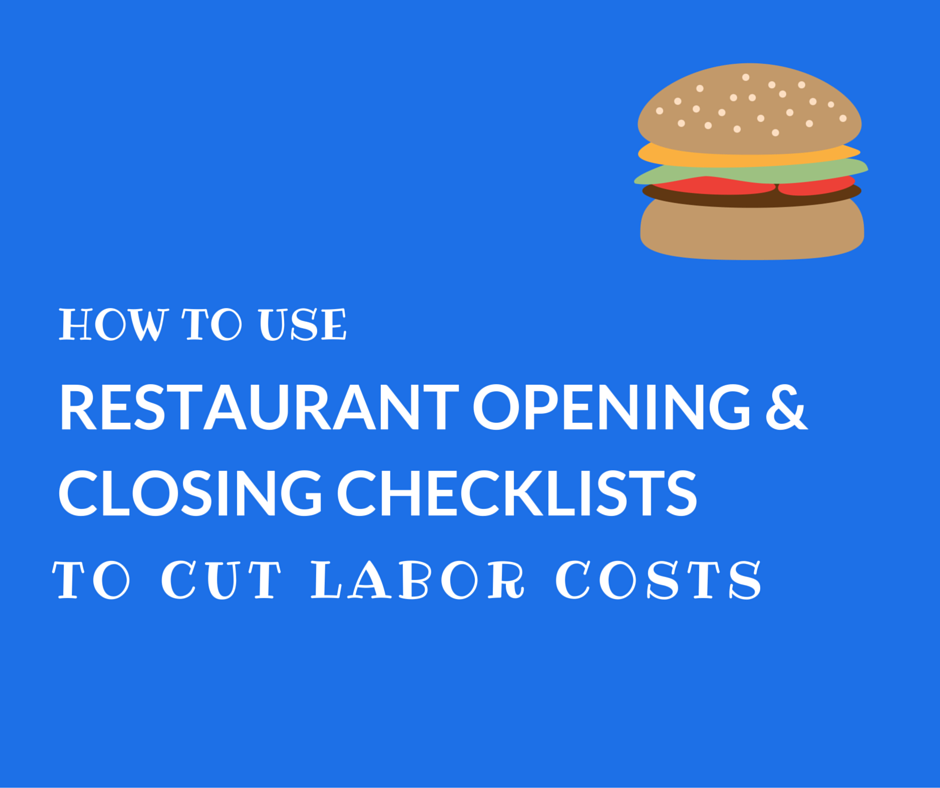Four Ways You Can Lower Restaurant Labor Costs
Regardless of theme, size, geographic location, or target clientele, all restaurants have one major concern in common: labor costs.

One of the most significant, yet essential costs restaurant managers face are labor costs. Luckily, with efficient processes and well-trained staff these costs can be kept under control. With the recent 31.6% hike in Ontario minimum wage, restaurateurs affected are seeking new ways to reduce their labor costs.

The most common ways restaurant owners and operators have tried to recover the minimum wage increase is by raising their prices, reducing menu selection, and decreasing their hours of operation.
Although these are surefire ways to reduce overall cost, they should be done very carefully and as a last resort. These strategies can have a lasting impact on how your brand is perceived and the overall guest experience, and if handled incorrectly, potentially result in lower profits.
One of the ways restaurateurs are reducing labor costs is by cutting back on the amount of support staff (hostesses, barbacks) during slower periods of the day. This can be an effective method for reducing cost, but it’s important to make sure that guest experience does not suffer as a result of less staff on the floor.
A great way to ensure that staff are making the best use of their scheduled time is by documenting formal processes and creating checklists around daily tasks such as opening and closing duties. With defined processes and tools such as checklists in place, you’ll reduce the risk of human error or forgetfulness, and eventually lessen the time it takes your staff to complete regular duties - so they have more time to focus on serving guests and filling in for support staff.
Cross-training employees is a great way to minimize labor requirements.
Since employees are now required to work for a minimum of three hours, it’s important to maximize employee productivity, especially during slower shifts.
With well-trained staff, restaurateurs can confidently schedule less staff during slow periods knowing that their employees can support a variety of tasks.
A well-executed training program begins with developing consistent training processes so employees can efficiently get up to speed on multiple roles.
Among the variety of audits that restaurants undergo, the health and safety audit may be the most important.
From proper food labelling, to maintaining the appropriate refrigerator temperature, there are many rules and regulations that restaurants can simply not afford to avoid.
The smallest oversight such as incorrectly labelled food can have a large impact on the safety of employees, customers, and potentially a lasting impact on reputation.
As a result, a significant amount of time is spent by staff during their shifts to ensure this safety.
Using mobile checklists allows restaurant owners to automate daily tasks such as health and safety procedures, and gives them more visibility into the safety measures that are being taken so they can ensure safety requirements are consistently met.
Mobile checklists give restaurateurs the ability to assign tasks to specific staff which reduces duplicate effort, increases the productivity of each staff member, and ultimately reduces the time it takes to manage safety compliance.
When looking for ways to reduce labor costs, it’s important to take the necessary steps to ensure that guest experience is not affected and that safety compliance remains a high priority. Implementing a consistent training program means employees will get up to speed faster on a variety of tasks so fewer employees are required on the floor.
One of the most important things to remember when reducing labor costs is to be transparent with management and employees about the changes you are making and how they will impact the business. Employees should understand what you hope to achieve as a result of the changes and be encouraged to offer their own ideas and support.

Regardless of theme, size, geographic location, or target clientele, all restaurants have one major concern in common: labor costs.

Whether you’re managing a single restaurant or thousands, balancing the cost of your staff is one of the most important variables affecting both your...

In recent years, there has been a trend towards clean eating and an increase in food allergies and intolerance's in households across North America....